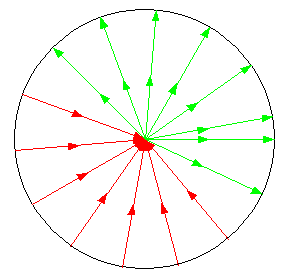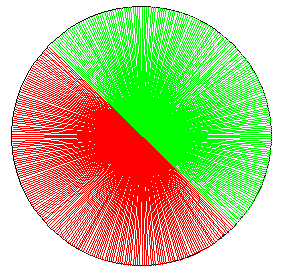Example1: Before Select (Image 1.)
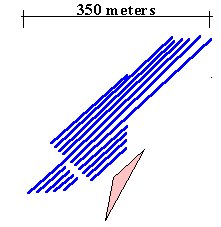
Example1: After select (Image 2.)
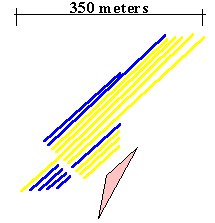
Example2: Before select (Image 3.)
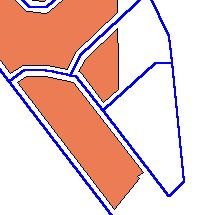
Example2: After select (Image 4.)
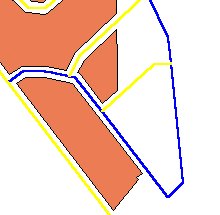
We have two themes - a Polyline and a Polygon ( Images 1. & 3. )
If we use theme on theme selection (theme ==>Select By Theme) to select the features from the polyline theme that intersect the features from the polygon theme... we will get the following result ( Images 2. & 4. )
The same result we will get if we try to select the features from the polyline theme that are within distance of 1 meter from the features of the polygon theme
Download the examples data to try it for yourself:
The Affected Requests:
Some of the requests that will give incorrect results.
- aShape.IsWithin
- aShape.Intersects
- aShape.Distance
- anFTheme.SelectByTheme with Relation Types
- #FTAB_RELTYPE_INTERSECTS
- #FTAB_RELTYPE_ISWITHINDISTANCEOF
- anFTab.SelectByFTab with Relation Types
- #FTAB_RELTYPE_INTERSECTS
- #FTAB_RELTYPE_ISWITHINDISTANCEOF
- anFTab.SelectByShapes
- anFTheme.SelectByShapes
- anFTab.SelectByPolygon
- anFTheme.SelectByPolygon
- anFTab.SelectByPolyline
- anFTheme.SelectByPolyline
- anFTab.SelectByLine
- anFTheme.SelectByLine
The Cause:
If a polygon has duplicate vertices (we get these often after using overlay functions as Clip, return difference etc.) the above mentioned requests might give incorrect results.
ArcView overlay functions have improved from AV3.0 ==>AV3.1 ==>AV3.2
Probability to get duplicate vertices in your polygon theme if overlay functions are used
are:
- ArcView 3.0 (3.0a) - very high
- ArcView 3.1 - high
- ArcView 3.2 - low (but still possible)
The eventual damage:
If you want to select and delete all the records in a theme that intersect the features of a polygon theme, if the polygons have duplicate vertices you might delete features that do not have any intersections with the polygons. Try to clip the polyline theme from Example1 with the polygon theme from the same example. The result will be a polyline theme with 8 NULL polylines. The same result will produce the Clip functions of XTools and EditTools (up to version 3.0)
The solution:
The "Quick Clean" free function of EditTools 3.1 will clean all the duplicate vertices in the features of a Polygon or Polyline themes. It is recommended to use this function (or any other script for removing duplicate vertices) after you have applied some overlay requests on your theme.

